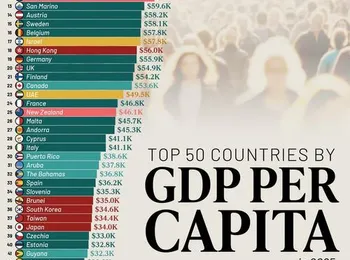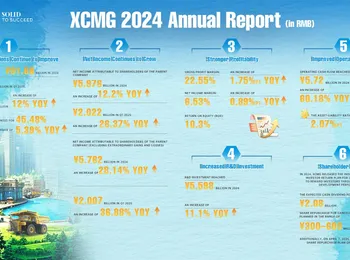After hitting a four-year low in April, prices on U.S. goods and services inched up last month, with annual inflation coming in at 2.4%, according to a Wednesday report from the Labor Department. On a monthly basis, inflation ticked up 0.1% from April to May, suggesting a raft of new import tariffs have yet to impact consumer prices. A new Deseret News/Hinkley Institute of Politics survey finds Utahns are decidedly mixed when it comes to their feelings about President Donald Trump’s game plan for controlling rising costs.
Core inflation, a measure that excludes volatile food and energy prices, also moved up 0.1% on a monthly basis in May, with overall prices moving up 2.8% over the last 12 months. The group of Mountain West states, which include Utah, saw an annual inflation rate of 1.7% in May, among the lowest regional rates in the country but up 0.5% from April. The latest Consumer Price Index readings show declines in energy costs and vehicle prices helped offset continued increases in the cost of groceries, eating at restaurants and housing-related costs. The cost of groceries and buying food away from home both increased by 0.3% from April to May with annual rates last month at 2.9% and 2.2%, respectively. Shelter-related costs in May, computed by the Bureau of Labor Statistics utilizing data from new rents, existing lease agreements and a rent-equivalent calculation for owner properties, were 3.9% higher over the last year and up 0.3% from April. The Labor Department says housing cost increases were the “primary factor” behind rising inflation in May. Overall energy costs declined by 3.5% since this time last year and gasoline prices moved down by 2.6% from April to May and were 12% lower on an annual basis. Inflation figures for May came in lower than were widely expected, but some economists predict tariff-related increases are still in play and simply haven’t trickled down the checkout aisles yet. “Today’s below-forecast inflation print is reassuring — but only to an extent,” Seema Shah, chief global strategist at Principal Asset Management, told CNBC. “Tariff-driven price increases may not feed through to the CPI data for a few more months yet, so it is far too premature to assume that the price shock will not materialize.”
How are Utahns feeling about Trump’s inflation management? U.S. inflation has marched down, albeit erratically, since hitting a 40-year high of 9.1% in June 2022, but rates have remained stubbornly above the Fed’s target annual rate of 2% since then. And while Trump made addressing inflation issues a forward message in his successful campaign for a second term in office, Utahns have mixed opinions about the job he’s done so far. The reviews however, perhaps not surprisingly, break sharply along partisan lines. In a statewide online survey conducted May 16-21 of 805 registered Utah voters, HarrisX asked respondents “Do you approve or disapprove of the job Donald Trump is doing handling inflation?”. Overall results were essentially split with 50% of poll participants saying they somewhat or strongly approve and 43% falling into the somewhat or strongly disapprove camp. But that apparent equanimity dissolves when the responses are parsed by political affiliation. Some 70% of Republican respondents versus 19% of Democrats weighed-in as somewhat or strongly approving of Trump’s work on inflation. On the flip side, only 22% of Republicans said they somewhat or strongly disapproved of Trump’s inflation tactics, against 81% of Democrats who participated in the poll. The responses when asked “Has inflation during the Trump Administration gotten better, worse or stayed the same?” were, again, nearly evenly disbursed among the poll participants, outside the lense of politics. Overall, 31% of respondents said inflation has gotten better since Trump took office, 36% said worse and 33% said inflation was about the same.
What are the actual inflation readings since January? So, what does the data say about how inflation has changed so far under President Trump? Last December, ahead of Trump’s inauguration, annual CPI inflation was 2.9%, according to Labor Dept. data. In January of this year, that rate bumped up to 3%. February, March and April all saw incremental declines with annual readings of 2.8%, 2.4% and 2.3%, respectively.
























